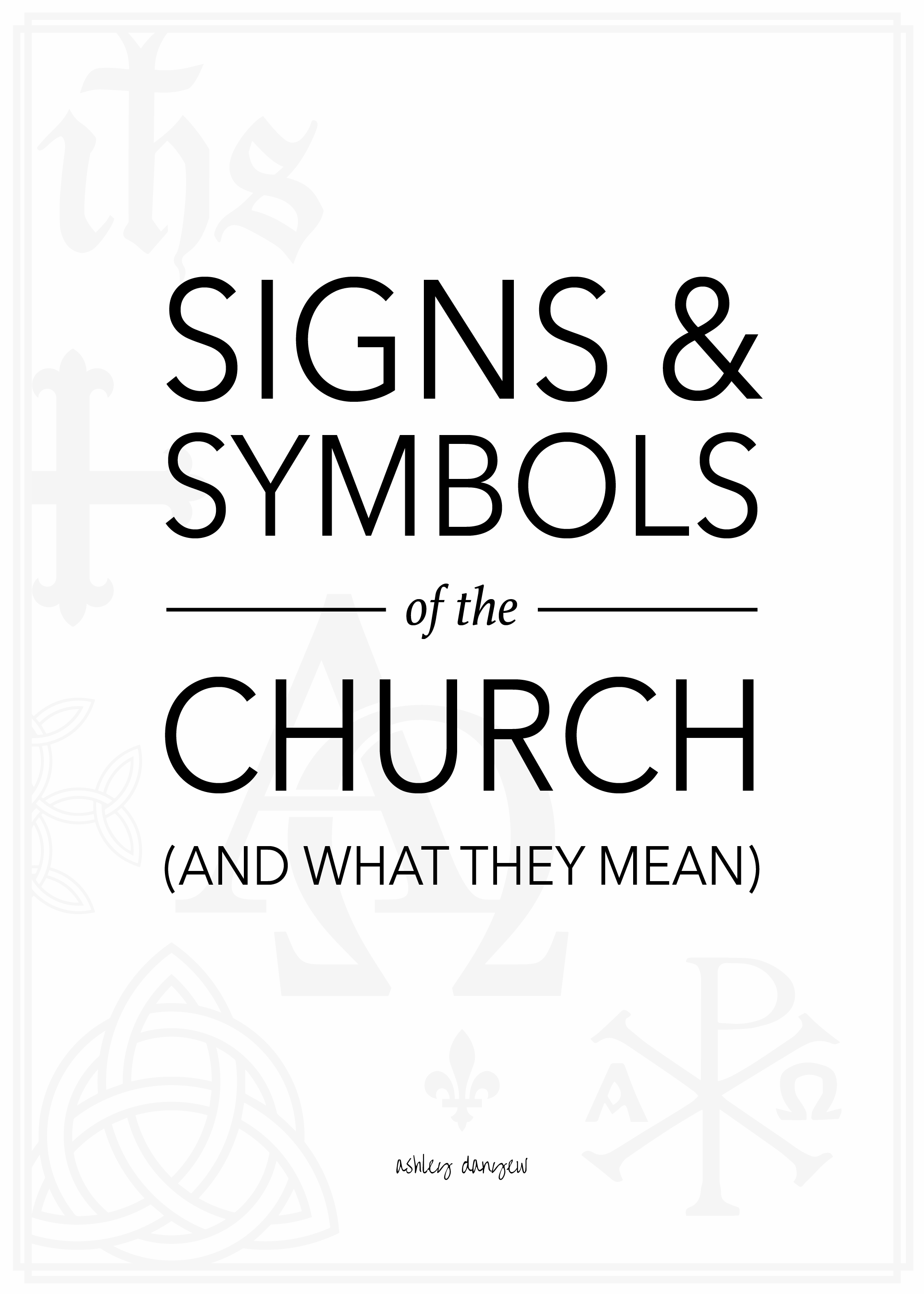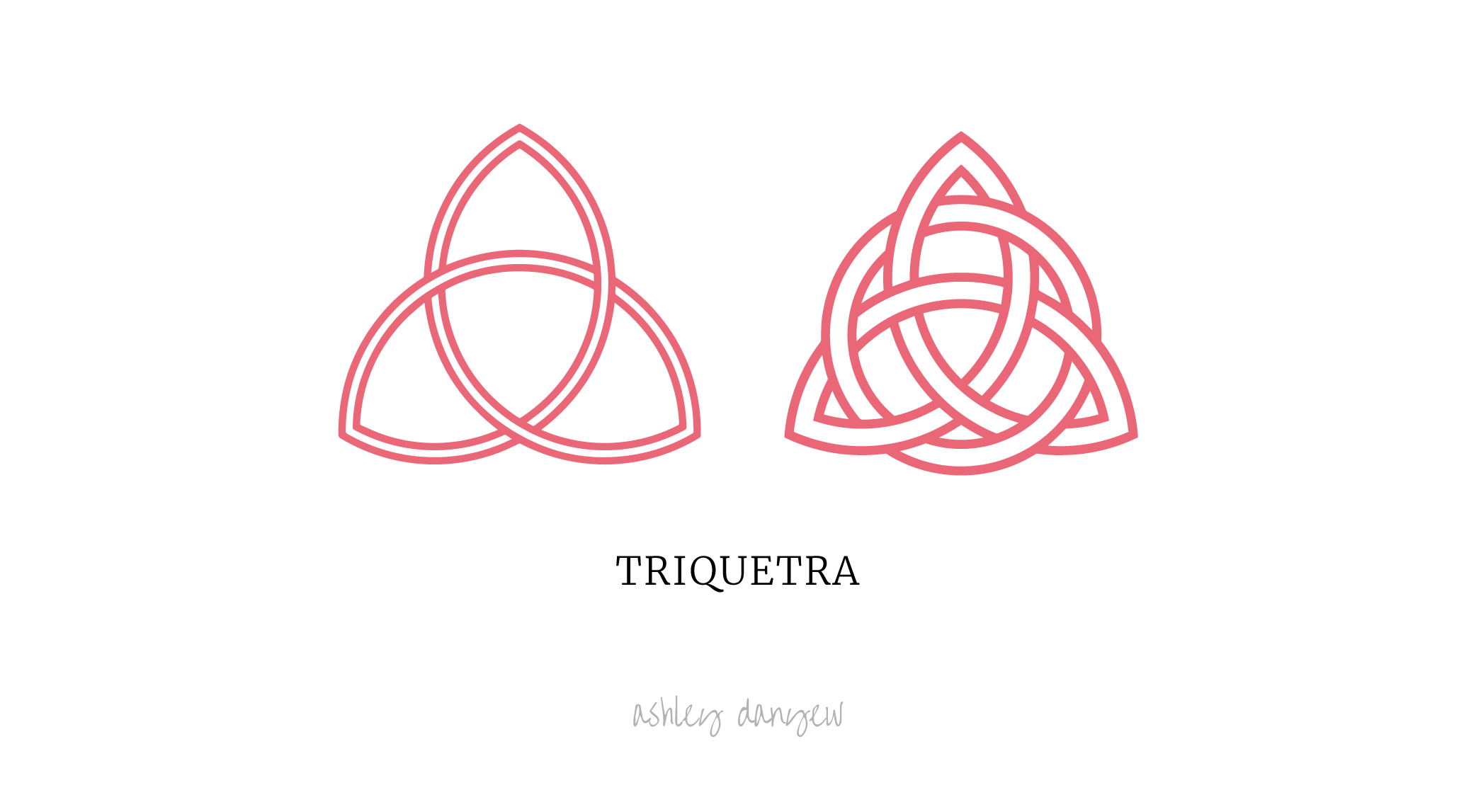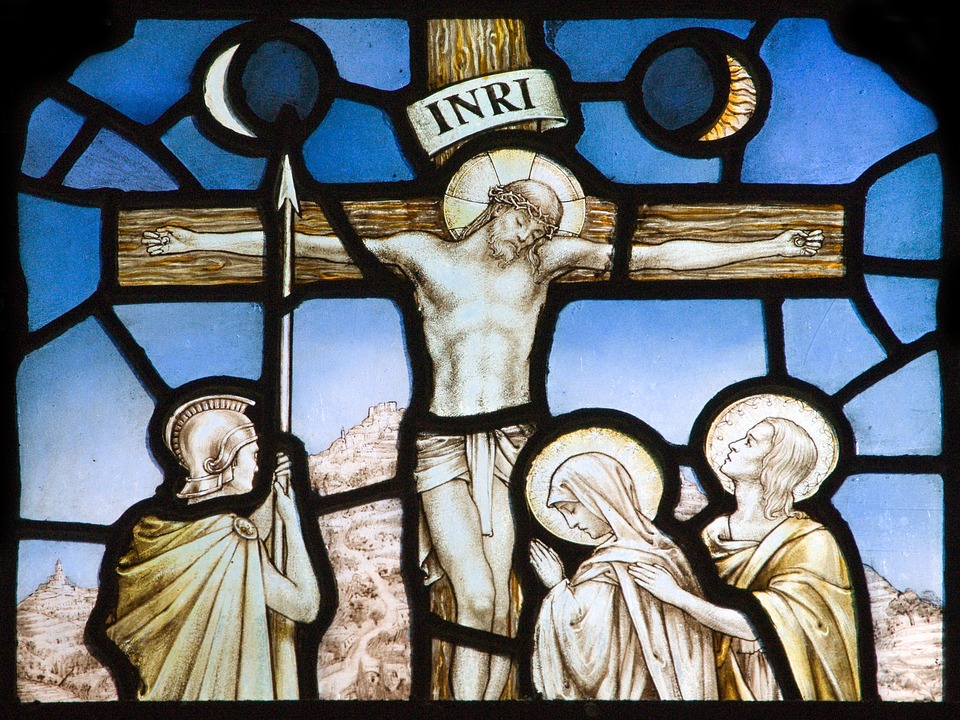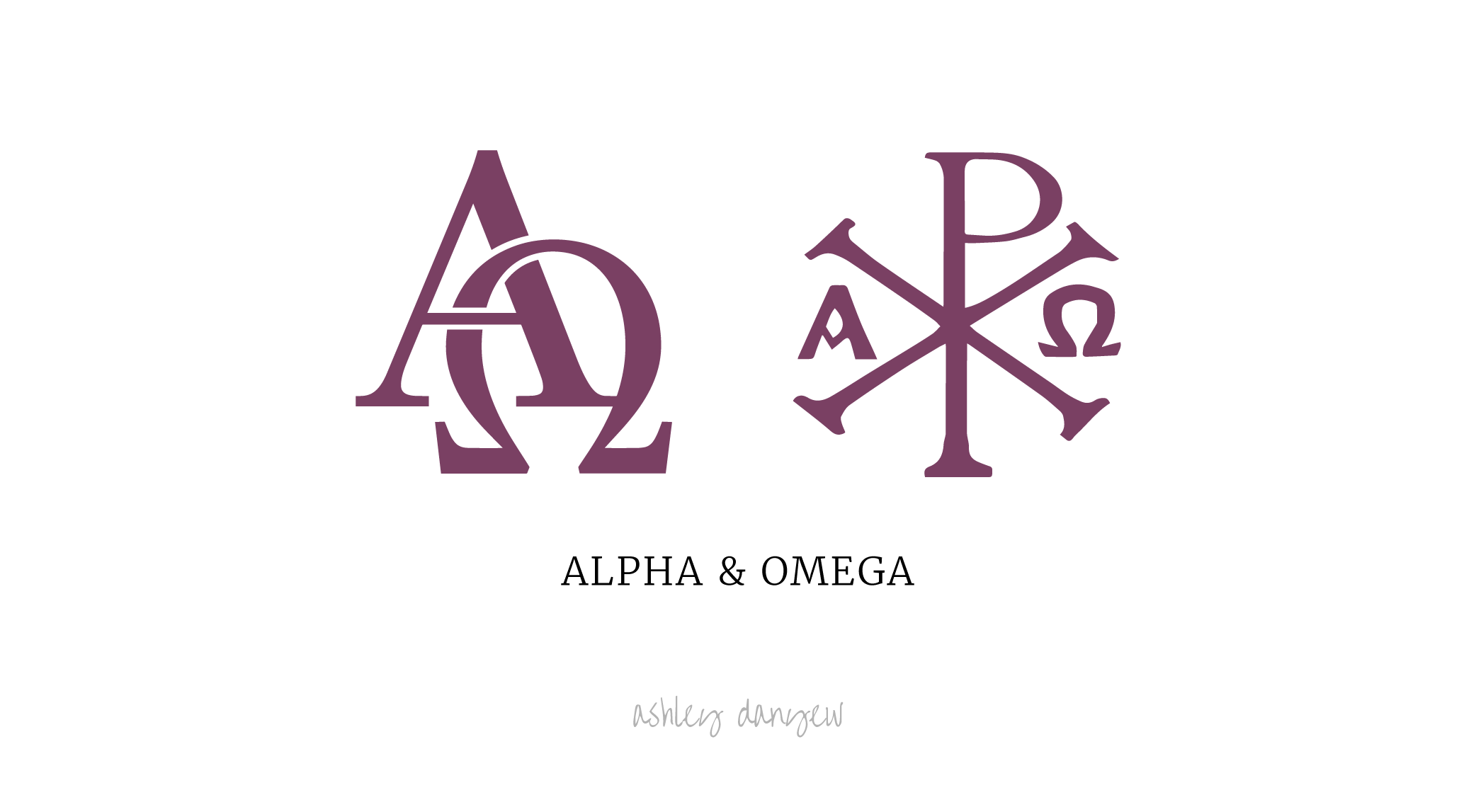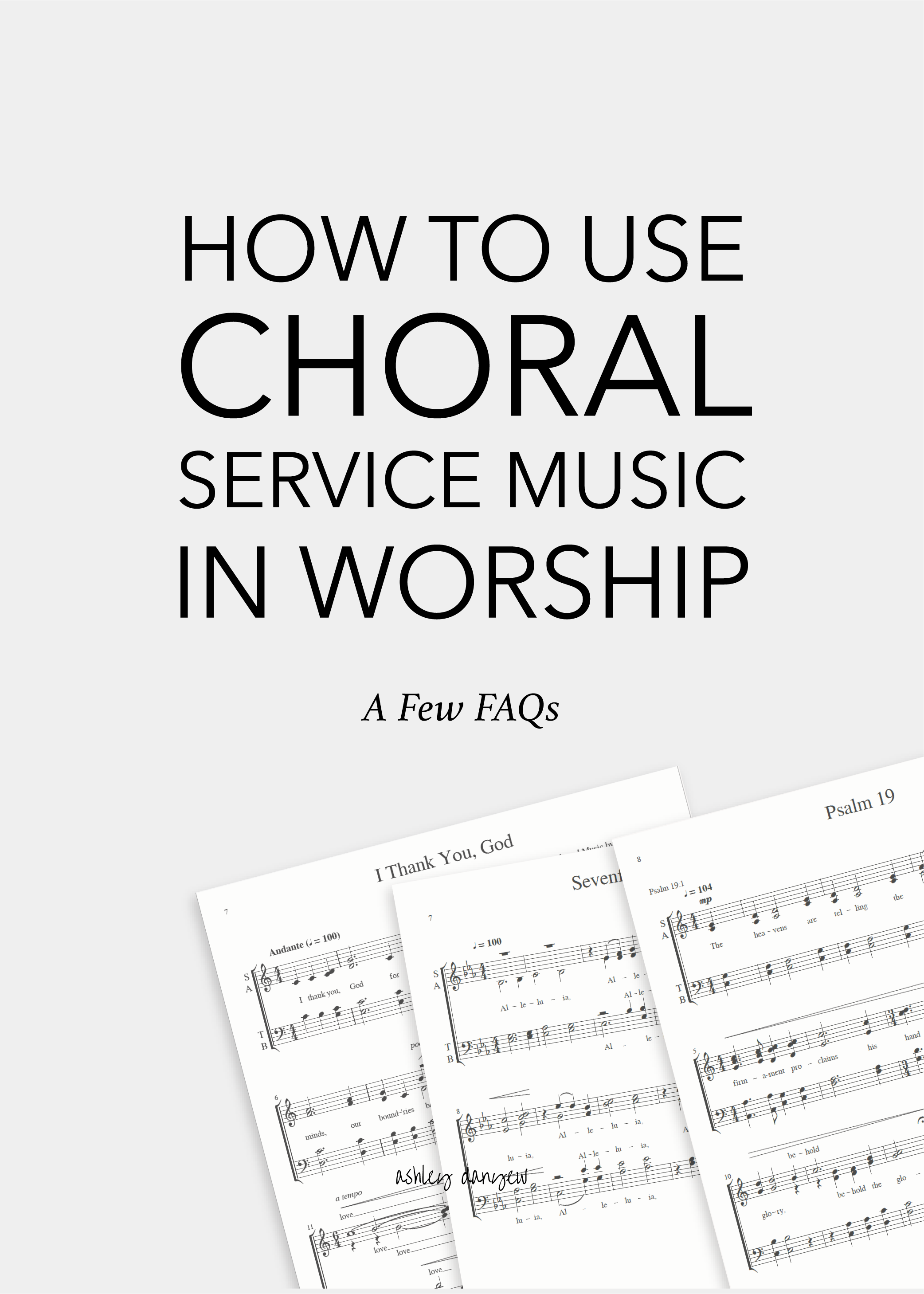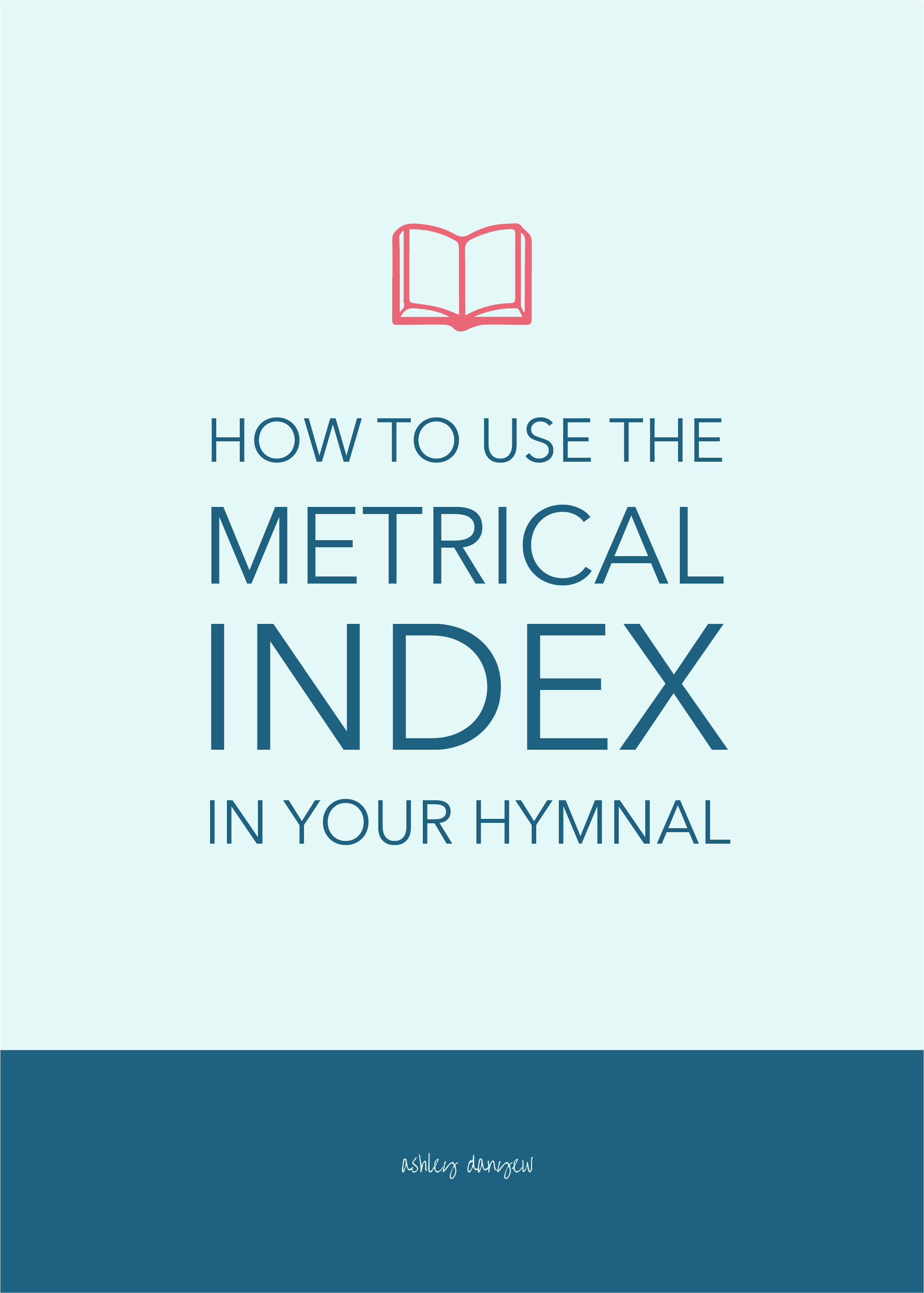Have you ever wondered what those letters on the altar stand for? What is the significance of the symbols in the stained glass windows? Why is a fish a symbol of our Christian faith, and what does a peacock have to do with anything?
Yes, the church is full of sacred signs and symbols that tell us about our past — our history — and inform our faith. Each one has some significance and connection to our faith, and each one represents a time in history, a story, a body of believers.
Today, I'm delving into church history to share the meaning behind 20 different signs and symbols you might see around your sanctuary (or those you visit).
Read on for all the details:
Dove
The dove is traditionally seen as a sign of peace, especially when carrying an olive branch (another sign of peace, according to the Ancient Greeks) (source). In the Bible, we read about the dove that returned to Noah with an olive branch in its mouth — a sign that the storm had ended and the floodwaters were receding. In the New Testament, a dove descended on Jesus at his baptism:
"When He had been baptized, Jesus came up immediately from the water; and behold, the heavens were opened to Him, and He saw the Spirit of God descending like a dove and alighting upon Him.” - Matthew 3:16
Water
Water is a symbol of baptism and new life (being born of the Spirit). It represents cleansing and healing. It also reminds us of the story of Jesus and the Woman at the Well, when Jesus offered her "living water."
Butterfly
Butterflies are a symbol of new life. They begin as caterpillars, make a cocoon for themselves, and through a process of metamorphosis, emerge as butterflies. As such, they are symbols of transformation through faith.
Cross
The cross is a universal symbol for the Christian faith and a reminder of Jesus' death (and resurrection). There are several types of crosses that have been used throughout history and that appear in our churches today. Here are a few different ones:
Triquetra
The triquetra represents the Holy Trinity: Father, Son, and Holy Spirit. It is used to form the Carolingian Cross pictured above and is a form of Celtic knotwork (source). It is sometimes shown with an interlocking circle, as well, as shown below.
Flame
The flame is often representative of the Holy Spirit, based on the Pentecost story in Acts 2:
"When the Day of Pentecost had fully come, they were all with one accord in one place. And suddenly there came a sound from heaven, as of a rushing mighty wind, and it filled the whole house where they were sitting. Then there appeared to them divided tongues, as of fire, and one sat upon each of them. And they were all filled with the Holy Spirit and began to speak with other tongues, as the Spirit gave them utterance.” - Acts 2:1-4
Another connection: John Wesley, founder of the Methodist movement, described sensing God’s presence in Aldersgate in 1738 and feeling his heart “strangely warmed.” (source)
Bread & Cup
The loaf and cup represent the Last Supper and Jesus breaking bread and serving his disciples. These are symbols we use during Holy Week (Maundy Thursday) and when we receive communion. The loaf of bread represents Jesus’ body, broken for us, and the cup represents his blood, shed for us.
The loaf also reminds us of the story of Jesus feeding the 5,000 with five loaves and two fishes and the words he spoke to his disciples in Matthew 4:4: “Man shall not live by bread alone, but by every word that proceeds from the mouth of God.”
Crown
The crown reminds us that Jesus is King of kings and Lord of lords (Revelation 19:16). The crown may also represent the crown of thorns that Jesus wore on the cross and the crown of glory given to him in heaven.
Shepherd's Crook
David described God as his shepherd in Psalm 23, and in the New Testament, Jesus described himself as the Good Shepherd, watching over his flock. The shepherd’s crook is a reminder of how God cares for us, goes with us wherever we go, seeks us out when lost, and protects us.
Circle
The circle has no beginning and no end. Thus, it symbolizes a few different things in the Christian faith: love that knows no end; a commitment or promise, as symbolized by wedding rings; and eternal life. The circle can also be seen as a halo.
Peacock
The peacock was believed by the Ancient Greeks to not decompose after death, making it a symbol of eternal life. It is often pictured in scenes with the Tree of Life.
Circular painting above: Fra Angelico and Fra Filippo Lippi, Adoration of the Magi, c. 1440/1460
Free Resource
Create a meaningful, unique Holy Week service.
Use this 2-page service template as a starting place for planning a unique Holy Week service that incorporates art, music, and readings.
The PDF download also includes a Lenten Resource Guide, with a few handbell and choral music suggestions and related worship-planning links.
Christograms
These symbols are monograms for Jesus' name.
IHS
These letters are the shortened form of the Greek spelling of Jesus (Ἰησοῦς)
IH monogram
This monogram is comprised of the first two letters of Jesus in Greek: I (iota) and H (eta). The letters are often overlayed on top of each other.
IX monogram
This monogram is comprised of the first letter of Jesus (I = iota) and the first letter of Christ (X = chi), using the Greek spellings (Ιησούς Χριστός). The letters are often overlayed on top of each other.
Chi Rho Symbol
The oldest of the Christograms, this symbol is made up of the first two letters of Christ in Greek (Χριστός), X (chi) and P (rho). The letters are often overlayed on top of each other. It was used by Constantine I in 312 A.D. (source).
Tau Rho Symbol
This symbol, also known as a Staurogram, is made using the Greek letter T (tau) superimposed on the Greek letter P (rho). It’s an abbreviated form of the Greek word for cross (σταυρός), pronounced stauros.
INRI
These letters were inscribed on the sign that hung over Jesus when he was crucified. It’s short for the Latin phrase meaning, "Jesus of Nazareth, King of the Jews.”
Fish
The fish was a sign of the Christian Faith for early Christians, those meeting in secret for fear of Roman persecution. The Greek word for fish is Ichthus, which is also an acronym:
Iesous
CHristos
THeou
Uios
Soter
This means "Jesus Christ, Son of God, Saviour.” The fish reminds us of the miracle of the five loaves and two fishes, and how Jesus called his disciples to be "fishers of men.”
Alpha & Omega
These are the first and last letters of the Greek alphabet, a symbol that God is the first and the last, the beginning and the end (Revelation 22:13). This reference also appears in a few hymns:
"Of the Father's love begotten
ere the worlds began to be,
He is Alpha and Omega;
He the source, the ending He,
of the things that are, that have been,
and that future years shall see
evermore and evermore!”
- Of The Father’s Love Begotten, Aurelius Clemens Prudentius, Tr. H. W. Baker, Tr. J. M. Neale
"Breathe, O breathe Thy loving Spirit
into ev'ry troubled breast!
Let us all in Thee inherit;
let us find the promised rest.
Take away the love of sinning;
Alpha and Omega be;
end of faith, as its beginning,
set our hearts at liberty.”
- Love Divine, All Loves Excelling, Charles Wesley, 1747
Fleur de Lis
The Fleur de Lis is an age-old symbol for lily, a sign of the resurrection. The whiteness and purity of the lily are said to represent Mary, the mother of Jesus. The three petals also represent the Holy Trinity: Father, Son, and Holy Spirit.
I’d love to hear from you:
What is your favorite sign or symbol of the church?
Sources:
Symbols of Faith
Catholic Symbols
Christian Symbolism
8 Ancient Christian Symbols and Their Hidden Meanings
The Book of Ornamental Alphabets, Ancient and Medieval


